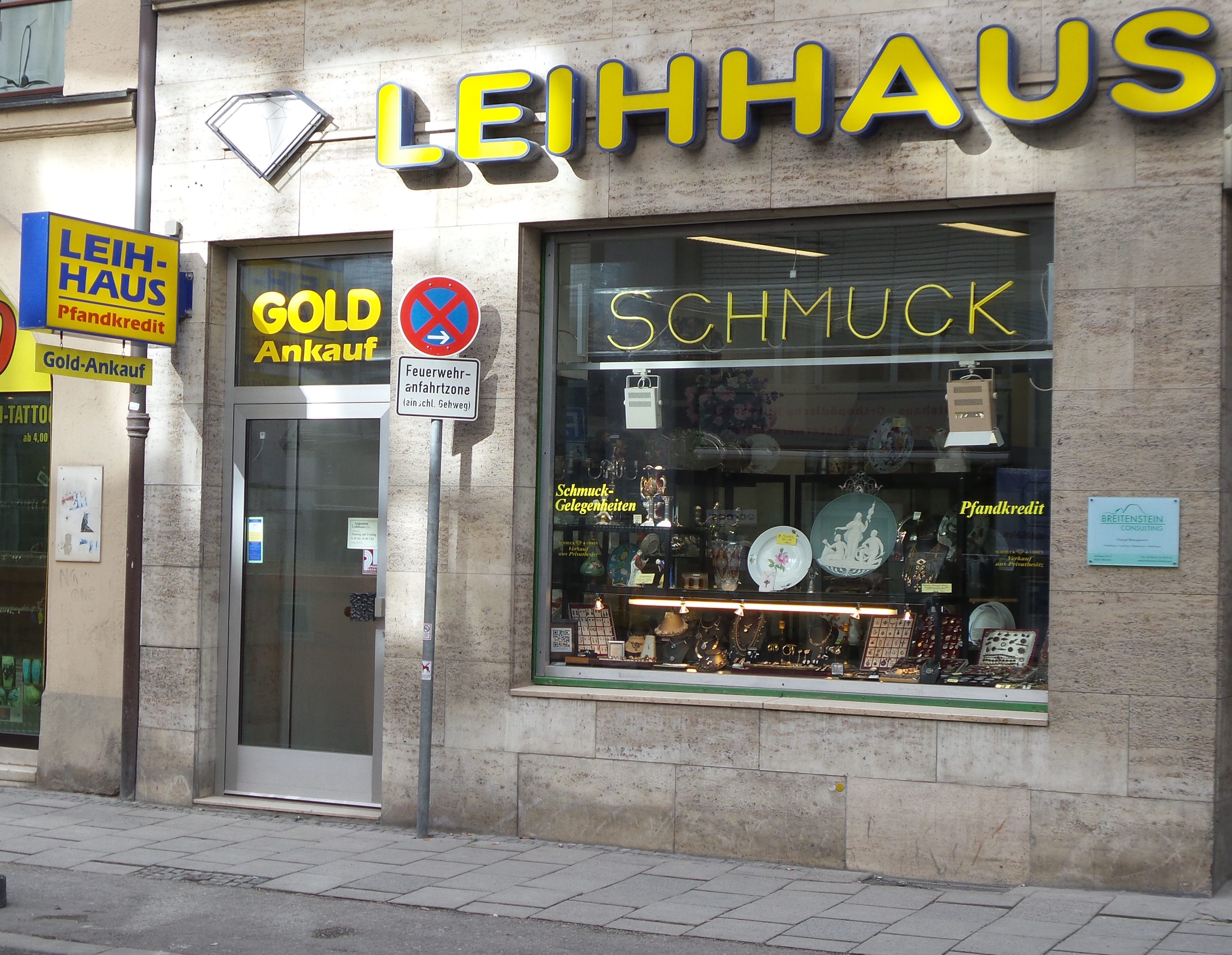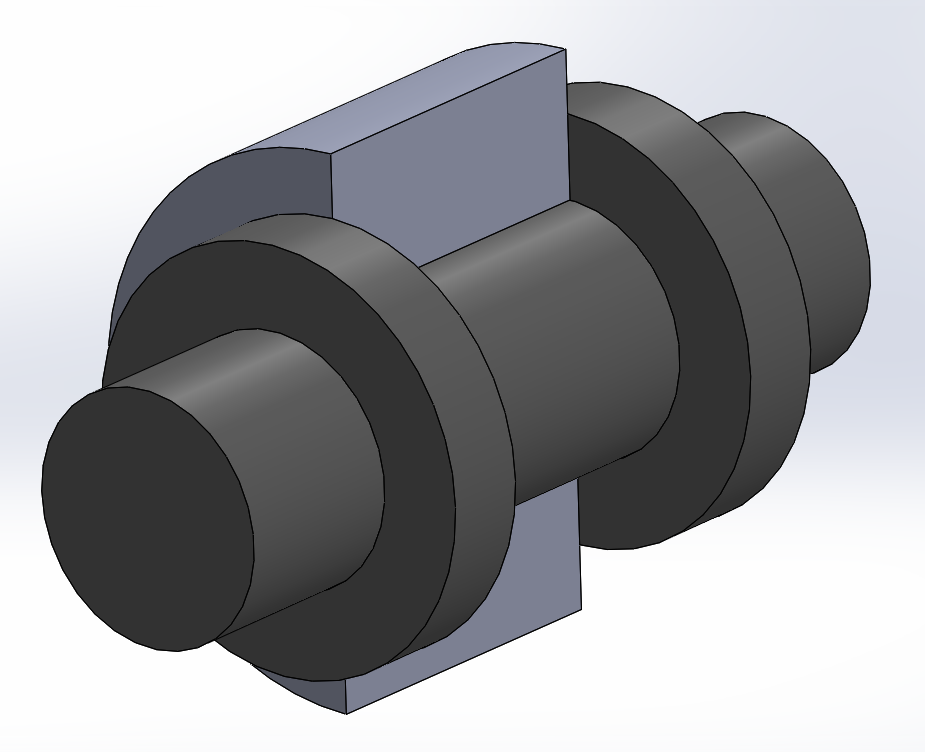|
Vaucanson Flute Player
The Vaucanson Automat Flute Player is an android automaton playing the transverse flute, designed and produced by Jacques de Vaucanson and presented to the public in 1738. It faithfully recreates the playing of a flautist on an instrument identical to those in use at the time. The automaton The idea of an automated flutist came to Vaucanson while he was observing the statue of the ''Faun playing the flute'', also known as the Shepherd Flutist, by Antoine Coysevox in the Tuileries Garden. Begun in 1735, the automaton was completed in October 1737. After a brief exhibition at the Foire Saint-Germain, it was put on a paid demonstration in January 1738 at the Hôtel de Longueville, where Vaucanson had his workshop. The public is divided between skepticism and admiration, and Voltaire describes the inventor as "rival of Prometheus". At first reluctant, but at the express request of Louis XV transmitted by his prime minister, Cardinal de Fleury, the members of the French Acade ... [...More Info...] [...Related Items...] OR: [Wikipedia] [Google] [Baidu] |
French Academy Of Sciences
The French Academy of Sciences (, ) is a learned society, founded in 1666 by Louis XIV at the suggestion of Jean-Baptiste Colbert, to encourage and protect the spirit of French Scientific method, scientific research. It was at the forefront of scientific developments in Europe in the 17th and 18th centuries, and is one of the earliest Academy of Sciences, Academies of Sciences. Currently headed by Patrick Flandrin (President of the academy), it is one of the five Academies of the . __TOC__ History The Academy of Sciences traces its origin to Colbert's plan to create a general academy. He chose a small group of scholars who met on 22 December 1666 in the King's library, near the present-day Bibliothèque nationale de France, Bibliothèque Nationale, and thereafter held twice-weekly working meetings there in the two rooms assigned to the group. The first 30 years of the academy's existence were relatively informal, since no statutes had as yet been laid down for the ins ... [...More Info...] [...Related Items...] OR: [Wikipedia] [Google] [Baidu] |
Gottfried Christoph Beireis
Gottfried Christoph Beireis (2 March 1730 – 18 September 1809) was a German physicist, chemist, and physician. He was also a collector of curiosities who rescued some of Jacques de Vaucanson's automata. Biography At the age of 20, the penniless Beireis began studying theology in Jena, but aspired to the encyclopedic knowledge of a polymath and studied physics, chemistry, and medicine under Georg Erhard Hamberger. At the age of 25, he had already written one of his few books, ''On the Usefulness and Indispensability of Natural History''. From 1753 to 1756 he traveled and earned money through chemical inventions. At the age of 26, he began studying medicine at the University of Helmstedt under the famous doctor Lorenz Heister. He was so successful that, without having achieved his doctorate (which he received a few months later in 1762), he was appointed professor of physics (as successor to Johann Gottlob Krüger, who died in the same year) and second professor of chemistry ... [...More Info...] [...Related Items...] OR: [Wikipedia] [Google] [Baidu] |
Pawnbroker
A pawnbroker is an individual that offers secured loans to people, with items of personal property used as Collateral (finance), collateral. A pawnbrokering business is called a pawnshop, and while many items can be pawned, pawnshops typically accept jewelry, musical instruments, coins, gold, silver, firearms; as well as home audio equipment, computers, video game systems, televisions, cameras, and power tools being included as the world entered the Information Age. The items ''pawned'' to the broker or shop are themselves called pledge (law), ''pledges'', ''pawns'', or simply ''the collateral''. If an item is pawned for a loan (colloquially "hocked" or "popped"), within a certain contractual period of time the pawner may redeem it for the amount of the loan plus some agreed-upon amount for interest. In the United States the amount of time, and rate of interest, is governed by law and by the state commerce department policies. They have the same license as a bank, which is ... [...More Info...] [...Related Items...] OR: [Wikipedia] [Google] [Baidu] |
London
London is the Capital city, capital and List of urban areas in the United Kingdom, largest city of both England and the United Kingdom, with a population of in . London metropolitan area, Its wider metropolitan area is the largest in Western Europe, with a population of 14.9 million. London stands on the River Thames in southeast England, at the head of a tidal estuary down to the North Sea, and has been a major settlement for nearly 2,000 years. Its ancient core and financial centre, the City of London, was founded by the Roman Empire, Romans as Londinium and has retained its medieval boundaries. The City of Westminster, to the west of the City of London, has been the centuries-long host of Government of the United Kingdom, the national government and Parliament of the United Kingdom, parliament. London grew rapidly 19th-century London, in the 19th century, becoming the world's List of largest cities throughout history, largest city at the time. Since the 19th cen ... [...More Info...] [...Related Items...] OR: [Wikipedia] [Google] [Baidu] |
Digesting Duck
The , or Digesting Duck, was an automaton in the form of a duck, created by Jacques de Vaucanson and unveiled on 30 May 1764 in France. The mechanical duck appeared to have the ability to eat kernels of grain, and to metabolize and defecate them. While the duck did not actually have the ability to do this—the food was collected in one inner container, and the pre-stored feces were "produced" from a second, so that no actual digestion took place—Vaucanson hoped that a truly digesting automaton could one day be designed. Voltaire wrote in 1769 that "Without the voice of le Maure and Vaucanson's duck, you would have nothing to remind you of the glory of France France, officially the French Republic, is a country located primarily in Western Europe. Overseas France, Its overseas regions and territories include French Guiana in South America, Saint Pierre and Miquelon in the Atlantic Ocean#North Atlan ...." The duck is thought to have been destroyed in a fire at a private ... [...More Info...] [...Related Items...] OR: [Wikipedia] [Google] [Baidu] |
Les Indes Galantes
is a ''ballet héroïque'', a type of Baroque music#Late baroque music (1680–1750), French Baroque opera-ballet, by Jean-Philippe Rameau with a libretto by Louis Fuzelier. In its final form it comprised an allegory, allegorical prologue and four ''entrées'', or acts, each set in an exotic place, the whole being unified around the theme of love. The work dates from 1735 except for the last ''entrée'', which was added the following year. In 1761, however, Rameau dropped the relatively short and mildly contrasted third ''entrée'' so as to leave what is now considered the work's definitive form: Prologue; ''Le turc généreux (The Generous Turk)''; ''Les incas du Pérou (The Incas of Peru)''; and ''Les sauvages (The Savages of North America)''. The dropped ''entrée'' was ''Les fleurs (The Flowers of Persia)''. Famous pieces from ''Les Indes galantes'' include the Dance of the Peace Pipe and the Chaconne, both from ''The Savages of North America''. Premiere The premiere, includin ... [...More Info...] [...Related Items...] OR: [Wikipedia] [Google] [Baidu] |
Jean-Philippe Rameau
Jean-Philippe Rameau (; ; – ) was a French composer and music theory, music theorist. Regarded as one of the most important French composers and music theorists of the 18th century, he replaced Jean-Baptiste Lully as the dominant composer of French opera and is also considered the leading French composer of his time for the harpsichord, alongside François Couperin. Little is known about Rameau's early years. It was not until the 1720s that he won fame as a major theorist of music with his ''Treatise on Harmony'' (1722) and also in the following years as a composer of masterpieces for the harpsichord, which circulated throughout Europe. He was almost 50 before he embarked on the operatic career on which his reputation chiefly rests today. His debut, ''Hippolyte et Aricie'' (1733), caused a great stir and was fiercely attacked by the supporters of Lully's style of music for its revolutionary use of harmony. Nevertheless, Rameau's pre-eminence in the field of French opera was s ... [...More Info...] [...Related Items...] OR: [Wikipedia] [Google] [Baidu] |
Mechanism (engineering)
In engineering, a mechanism is a Machine, device that transforms input forces and movement into a desired set of output forces and movement. Mechanisms generally consist of moving components which may include Gears and gear trains; belt drive, Belts and chain drives; Cam (mechanism), cams and cam follower, followers; Linkage (mechanical), Linkages; Friction devices, such as brakes or clutches; Structural components such as a frame, fasteners, bearings, springs, or lubricants; Various machine elements, such as splines, pins, or keys. German scientist Franz Reuleaux defines ''machine'' as "a combination of resistant bodies so arranged that by their means the mechanical forces of nature can be compelled to do work accompanied by certain determinate motion". In this context, his use of ''machine'' is generally interpreted to mean ''mechanism''. The combination of force and movement defines Power (physics), power, and a mechanism manages power to achieve a desired set of forces and ... [...More Info...] [...Related Items...] OR: [Wikipedia] [Google] [Baidu] |
Pedestal
A pedestal or plinth is a support at the bottom of a statue, vase, column, or certain altars. Smaller pedestals, especially if round in shape, may be called socles. In civil engineering, it is also called ''basement''. The minimum height of the plinth is usually kept as 45 cm (for buildings). It transmits loads from superstructure to the substructure and acts as the retaining wall for the filling inside the plinth or raised floor. In sculpting, the terms base, plinth, and pedestal are defined according to their subtle differences. A base is defined as a large mass that supports the sculpture from below. A plinth is defined as a flat and planar support which separates the sculpture from the environment. A pedestal, on the other hand, is defined as a shaft-like form that raises the sculpture and separates it from the base. An elevated pedestal or plinth that bears a statue, and which is raised from the substructure supporting it (typically roofs or corniches), is some ... [...More Info...] [...Related Items...] OR: [Wikipedia] [Google] [Baidu] |
Encyclopédie
, better known as ''Encyclopédie'' (), was a general encyclopedia published in France between 1751 and 1772, with later supplements, revised editions, and translations. It had many writers, known as the Encyclopédistes. It was edited by Denis Diderot and, until 1759, co-edited by Jean le Rond d'Alembert. The ''Encyclopédie'' is most famous for representing the thought of the Age of Enlightenment, Enlightenment. According to Denis Diderot in the article "Encyclopédie", the ''Encyclopédie'' aim was "to change the way people think" and for people to be able to inform themselves and to know things. He and the other contributors advocated for the secularization of learning away from the Jesuits. Diderot wanted to incorporate all of the world's knowledge into the ''Encyclopédie'' and hoped that the text could disseminate all this information to the public and future generations. Thus, it is an example of democratization of knowledge. It was also the first encyclopedia to include ... [...More Info...] [...Related Items...] OR: [Wikipedia] [Google] [Baidu] |





